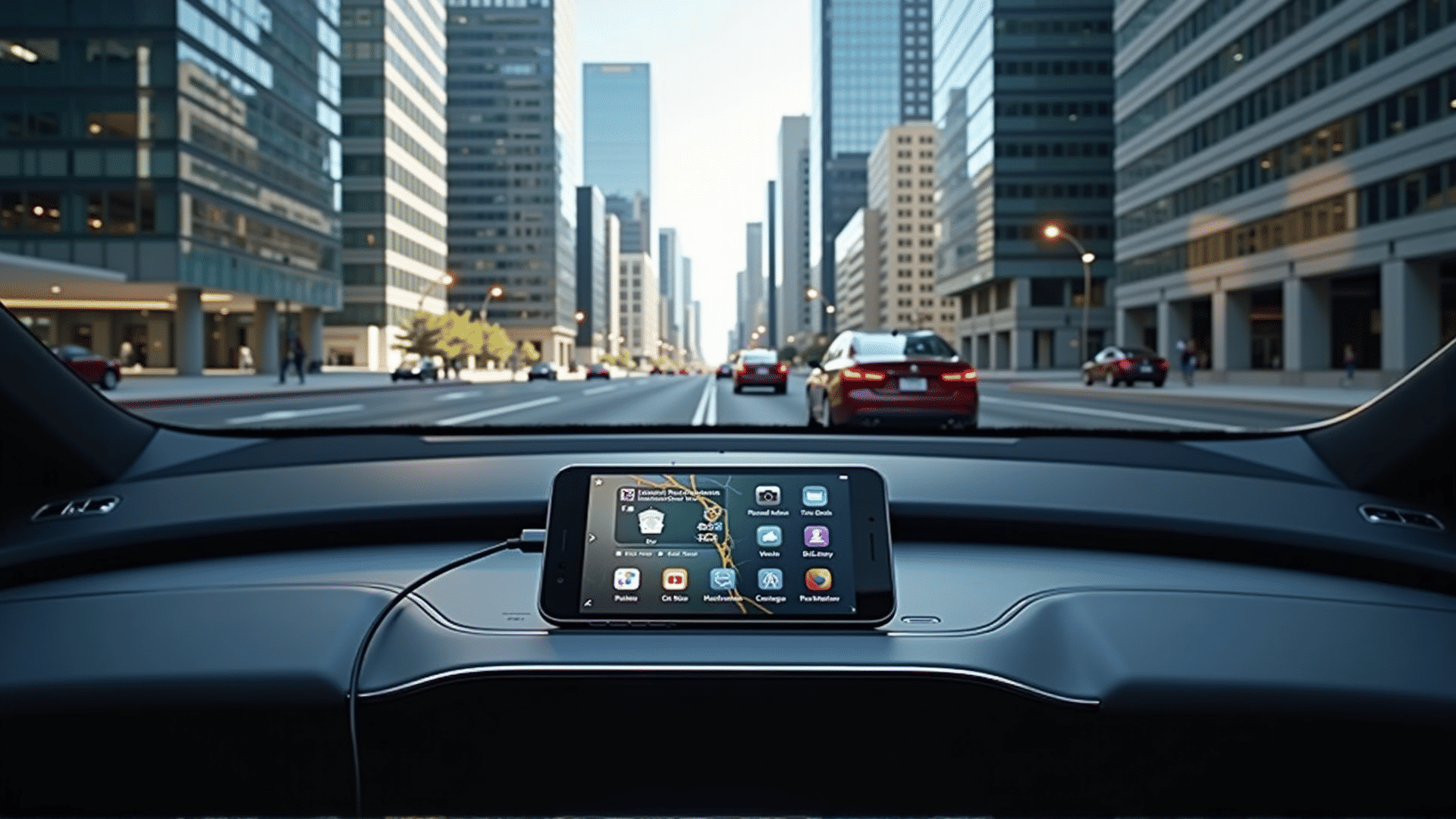In today's fast-paced world, staying connected has become a fundamental part of our daily lives. The rapid advancement of technology has extended the boundaries of connectivity beyond the home and office, into our vehicles. At the forefront of this evolution is cutting-edge in-car connectivity, designed to keep drivers and passengers seamlessly linked to their digital worlds, no matter where the road may lead.
In-car connectivity is transforming the driving experience from a primarily mechanical interaction to a digitally enriched journey. Modern vehicles are increasingly equipped with sophisticated systems that integrate with our personal devices, providing uninterrupted access to information, entertainment, and communication. This seamless connectivity is not merely a luxury; it is becoming an essential feature that enhances convenience, safety, and productivity.
One of the key components of in-car connectivity is the integration of smartphones and other devices with the vehicle's multimedia system. By utilizing technologies like Bluetooth, Wi-Fi, and USB connections, drivers can effortlessly pair their devices with their vehicle's interface. This allows them to make hands-free calls, send and receive text messages, and access their favorite apps without taking their eyes off the road or hands off the wheel. Voice-activated systems further enhance this experience, empowering drivers to control the interface through simple voice commands.
Beyond simple integration, many modern vehicles offer advanced features to anticipate and cater to a driver's needs. Navigation systems have become far more intuitive, providing real-time traffic updates and alternative route suggestions based on current road conditions. This not only saves time but also reduces stress, enabling drivers to focus more on the road and less on navigation hassles.
Entertainment has also taken a giant leap forward with in-car connectivity. Passengers can stream their favorite music, podcasts, or audiobooks directly from their devices to the car's sound system, ensuring that everyone can enjoy their preferred media. Additionally, rear-seat entertainment systems, equipped with screens and wireless headphones, keep younger passengers engaged during long journeys, making road trips more enjoyable for the entire family.
Safety is another pivotal area where connectivity is making significant strides. Connected vehicles can communicate with each other and with traffic infrastructure, such as smart traffic lights and road signs, to enhance overall road safety. Features like emergency call services, which automatically alert emergency responders in the event of a crash, exemplify how in-car connectivity can potentially save lives.
The potential of connectivity in vehicles extends even further with the rise of IoT (Internet of Things). Smart car technology enables automobiles to connect with smart home systems, allowing drivers to control home devices directly from their car. Imagine adjusting the thermostat, turning on lights, or checking security cameras remotely while commuting home — this integration is shaping the future of the automotive industry.
As we continue to embrace the digital age, cutting-edge connectivity in our vehicles plays an integral role in bridging the gap between mobility and the digital ecosystem. The journey from point A to point B is no longer just about getting there; it's about how well-connected we can remain along the way. Whether it's for enhancing convenience, safety, or entertainment, the state-of-the-art connectivity features in modern cars ensure that drivers and passengers stay linked to their digital lives, making every drive an extension of their connected world.
